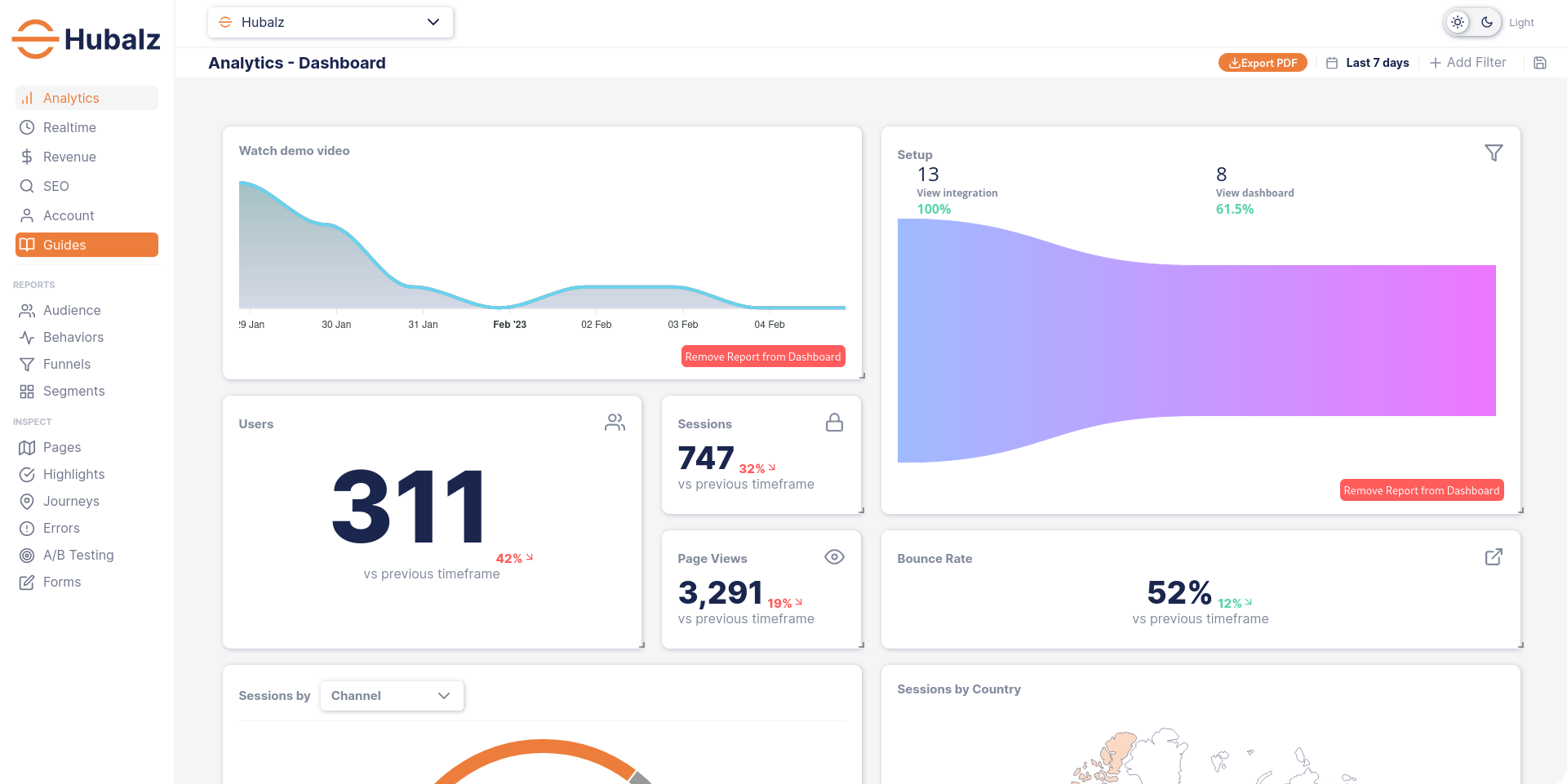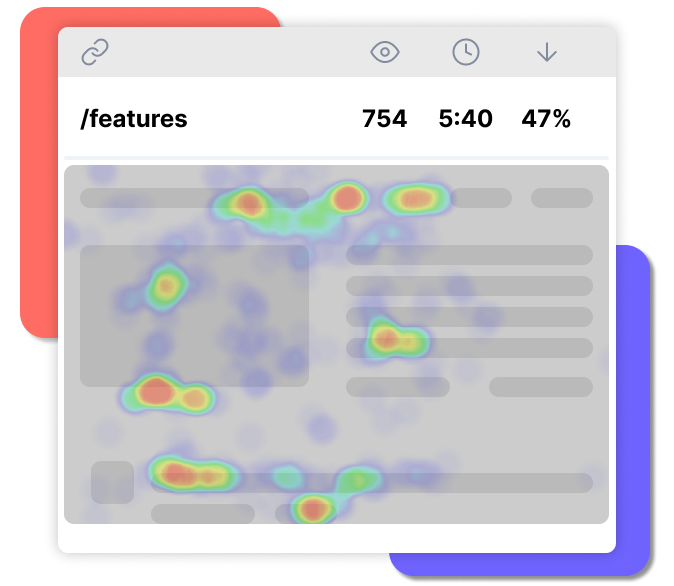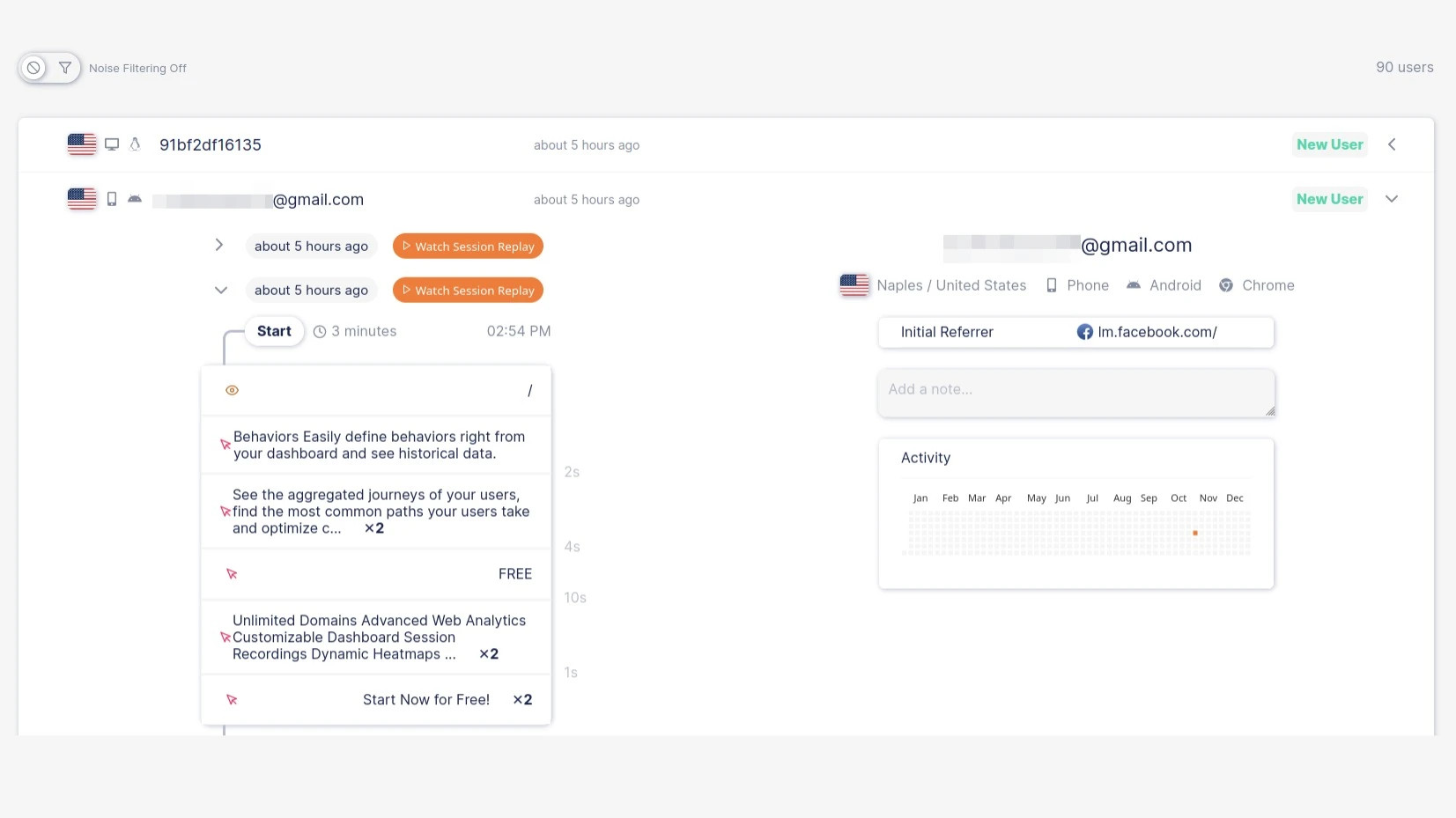Content marketing is a strategy that involves creating and sharing valuable, relevant, and consistent content to attract and retain a clearly defined audience, with the goal of driving profitable customer action. It is a crucial aspect of modern marketing, and when done right, it can significantly boost brand awareness, lead generation, and customer engagement. However, creating content is just one piece of the puzzle. To truly optimize your content marketing efforts, you need to track your campaigns and measure their effectiveness.
Tracking content marketing efforts can help you identify which blog posts, videos, or social media updates are resonating with your audience, and which ones are falling flat. It can also give you insights into user behavior and preferences, allowing you to fine-tune your messaging and targeting. Moreover, tracking content marketing can help you optimize your campaigns, improve your ROI, and justify your marketing spend. In this post, we’ll explore the importance of tracking content marketing, and how you can use advanced analytics to take your content marketing to the next level.
Why Track Content Marketing?
A successful content marketing strategy involves creating valuable content that resonates with your audience and drives profitable customer action. To ensure that your strategy is hitting the mark, it’s essential to track your content marketing efforts. Here are some of the key reasons why you should track your content marketing:
- To measure the effectiveness of content marketing campaigns: Without tracking, it’s challenging to determine whether your content marketing efforts are delivering the desired results. By monitoring key metrics such as traffic, engagement, and conversions, you can evaluate the effectiveness of your campaigns and make data-driven decisions to improve your marketing strategy.
- To identify the best-performing blog posts and topics: Tracking can help you identify the content that’s resonating the most with your audience. By analyzing metrics such as page views, time on page, and social shares, you can determine which blog posts and topics are driving the most engagement and adjust your content strategy accordingly.
- To understand user behavior and preferences: Tracking content marketing can help you gain valuable insights into your audience’s behavior and preferences. By monitoring metrics such as bounce rate, time on site, and referral sources, you can determine which channels are most effective at reaching your target audience and tailor your messaging accordingly.
- To optimize content marketing efforts and improve ROI: By measuring the effectiveness of your content marketing campaigns, you can identify areas for improvement and optimize your marketing efforts to improve your ROI. By using analytics to identify high-performing content and adjusting your strategy accordingly, you can ensure that you’re getting the most out of your marketing spend.
Traditional Tracking Methods
There are several traditional tracking methods that companies use to track their content marketing efforts. The most commonly used tool for tracking website performance and user behavior is Google Analytics. It is a free, web-based tool that provides valuable insights into how users interact with your website. Google Analytics allows you to track website traffic, page views, time on site, bounce rate, and other key metrics. This information is essential for evaluating the effectiveness of your content marketing campaigns.
Another commonly used method for tracking content marketing is tracking clicks and page views. This approach involves tracking how many times users click on a specific link or view a particular page on your website. While this method provides valuable data on user behavior, it has limitations. For instance, it doesn’t take into account how much time users spend on a page or how engaged they are with the content.
Using cookies to track user behavior is another traditional tracking method. Cookies are small pieces of data that are stored on a user’s computer when they visit a website. They can be used to track user behavior, such as which pages they visit and how long they spend on each page. However, cookies have limitations, such as being blocked by ad-blockers and the upcoming changes in privacy regulations that limit the usage of cookies.
Hubalz: An All-in-One Analytics Tool for Content Marketing
As traditional tracking methods have their limitations, it’s becoming increasingly essential for companies to use advanced analytics tools to track and evaluate their content marketing efforts. One such tool is Hubalz, an all-in-one analytics platform that provides a comprehensive view of your website’s performance and user behavior.
Hubalz offers a range of features, including unfiltered journeys of visitors and their session recordings. This feature allows you to see exactly how users interact with your website, providing valuable insights into their behavior and preferences. Additionally, Hubalz provides mouse and scroll heatmaps, which show how visitors are engaging with your blog posts. By understanding how users read and interact with your content, you can optimize your content marketing strategy and improve engagement.

One of the most impressive features of Hubalz is its ability to track user behavior without using any cookies. Hubalz uses a state-of-the-art fingerprinting technology that generates unique identifiers based on various factors, such as browser settings, time zone, screen resolution, and more. These identifiers are used to track user behavior without using any cookies, ensuring compliance with privacy laws.

Another significant benefit of using Hubalz is its ability to attribute signups to specific blog posts and other marketing efforts. By tracking user behavior from the first touchpoint to the conversion point, Hubalz provides a complete view of how your content marketing efforts are driving customer action. This information is invaluable for optimizing your content strategy and improving your ROI.

Tracking content marketing is essential for evaluating the effectiveness of your marketing efforts, identifying top-performing content, and optimizing your content strategy. Traditional tracking methods, such as using Google Analytics, tracking clicks and page views, and using cookies, have their limitations and may not provide a complete picture of user behavior.
However, with the growing concerns over privacy and limitations in traditional tracking methods, companies need to explore advanced analytics tools like Hubalz. Hubalz offers an all-in-one analytics platform that provides a comprehensive view of website performance and user behavior. With features like unfiltered journeys of visitors, mouse and scroll heatmaps, and sign-up attribution, Hubalz provides valuable insights into how users interact with your website and content.
One of the significant benefits of using Hubalz is its ability to track user behavior without using cookies. Its state-of-the-art fingerprinting technology generates unique identifiers based on various factors, ensuring compliance with privacy laws. This makes it a valuable tool for companies concerned with data privacy and user tracking.
In conclusion, content marketing is a critical aspect of any marketing strategy, and tracking its performance is necessary for achieving marketing goals. Traditional tracking methods have their limitations, and as privacy regulations become more stringent, companies need to explore advanced analytics tools like Hubalz. Its ability to provide a complete view of user behavior, its compliance with privacy laws, and its focus on improving content marketing strategy make it an invaluable tool for marketers.
